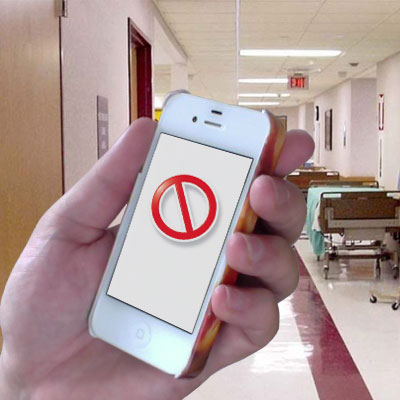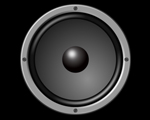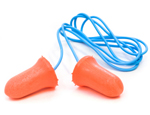Sounding Off: Our Blog
Thoughts, insights, and perspectives on the latest news, trends, and issues regarding architectural acoustics, environmental and industrial noise and vibration, and audiovisual systems design.

The Latest Buzz – Hospital Cell Phone Use
Mobile devices have become an ever-present part of our connected culture. With smartphones, tablets, and cell phones expected to outnumber people, in the US, by the end of the year, what can a hospital do to maintain some level of quiet? Allowing cell phone use, while adhering to HIPAA guidelines can also be problematic because it may compromise patient privacy.

Why Video is Essential for Webinars
When we receive lunch and learn requests, we take into account how much time is involved. Travel to another office, planning lunch, and cleanup are all part of the “1 hour” equation. Can the four or five hours of work and travel fit into the schedule? Will your portable audio-visual equipment be acceptable? Could the experience be better?

How to Sound Like Charlie Brown’s Teacher
Back when I was in grade school, I loved the animated Charlie Brown shows. I have particular memories of the scenes in class where the kids’ teacher would address them: “Wa Wa Wa, Wa, Wa Wa Wa, Wa.” Thinking about it still makes me smile. What a simple scene that helps visualize the point of my topic today.

ABD Named one of Michigan’s Best and Brightest Sustainable Companies
We don’t make a practice of tooting our own horns at Acoustics By Design, but for this we will make a small exception. Great news: ABD was just named to the list of Michigan’s Best and Brightest Sustainable Companies. As a professional consulting engineering firm, we sell no physical products, so we cannot tell our clients to “buy our green widget.” Instead, the challenge is showing the value of sustainable design and how it impacts our clients’ bottom line. In the past this has been an uphill battle, but in many recent projects, we are finding a groundswell of positive momentum for going green. Read the full list of sustainable companies here.

Would You Like Surround Sound With That?
On a recent project we sat down for the kick-off programming meeting, and I started working through my list of questions to help us figure out what types of AV functionality the client needed for the project. At one point the owner’s representative (who was not from the technology team) stated that they really just wanted a good quality system with “microphones, speakers, and surround sound.” This was a corporate boardroom, not a movie theater, so I asked what types of video content they would be viewing in the room.

ABD Pays it Forward
One of the great things about being part of the local architecture and engineering industry is giving back to the students in our community who have an interest in the same field. For the last three years I have been a volunteer with The Academy of Design and Construction at Grand Rapids Public Schools’ Union High School. The program is based on teaching high school students about the construction industry.

OSHA Requirements for Employee Noise Exposure
We frequently get calls to come and assess noise levels in industrial facilities. The concern is usually whether the employee’s exposure to noise is meeting OSHA requirements. So what are standard OSHA requirements for employee noise exposure?

HIPAA Speech Privacy Acoustics
Standing atop my soapbox and surveying the healthcare land as we know it, I can declare at the top of my lungs, “I have a right to be heard… er, NOT HEARD… wait, wait… I have a right that a reasonable effort has been made to ensure that I won’t be heard!” I apologize for the confusion, and if you bear with me, I’ll show you why it is important to note that my awkward dialog has some relevance here.

David Byrne of Talking Heads Talks About Acoustics
In this TED Conference video, David Byrne, lead singer of Talking Heads, gives us a brief a history of music and how it evolved in relation to architectural acoustics and reverberation. Worth the watch.

How Many Lumens Do I Need? Tips for Selecting Projector Brightness
We all have seen nice big projector screens that have an image that is just too dim to be clearly seen. To protect against this occurrence, we set a target brightness level during the design process, and we base it on a number of variables. The physical screen size needs to be compared to the amount of light from the projector. This comparison will give us lumens per square foot of screen. The lumens per foot result is compared with a target to determine if the projector is bright enough or even too bright. But how do we determine the target?